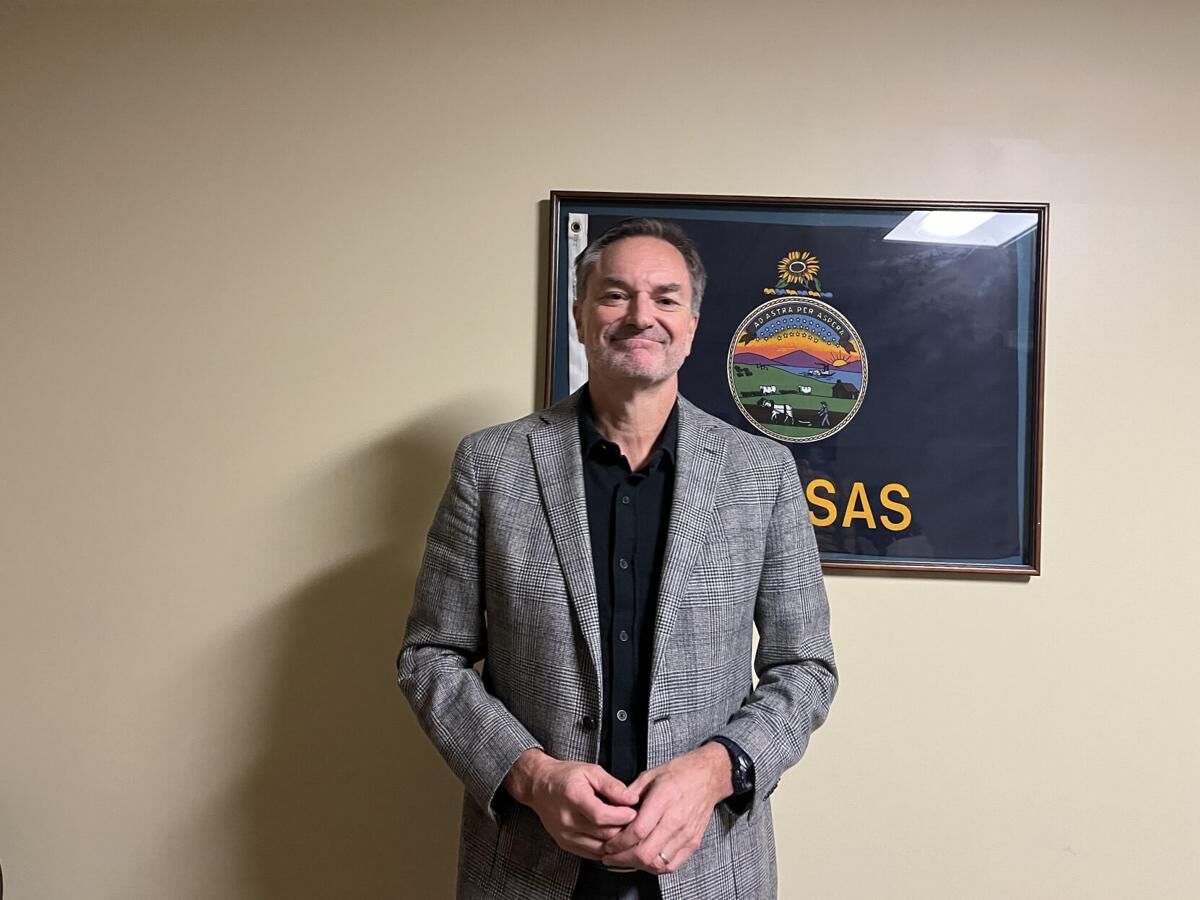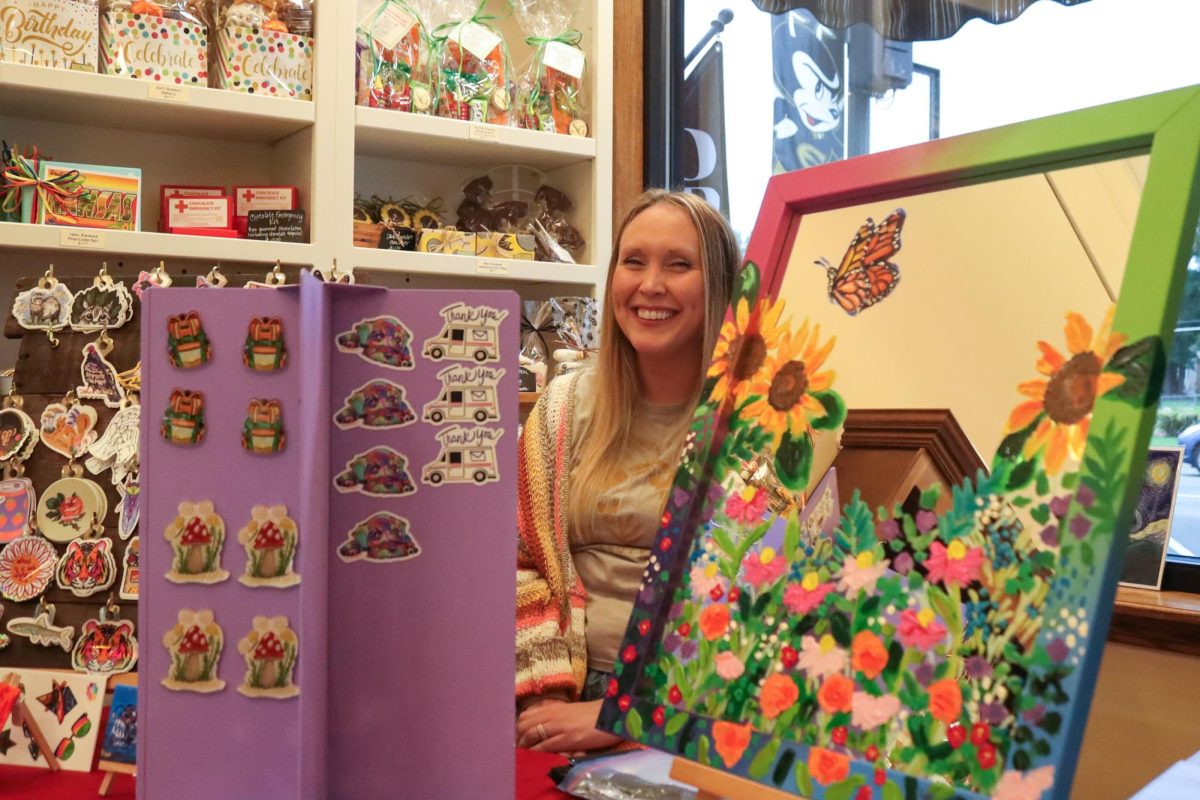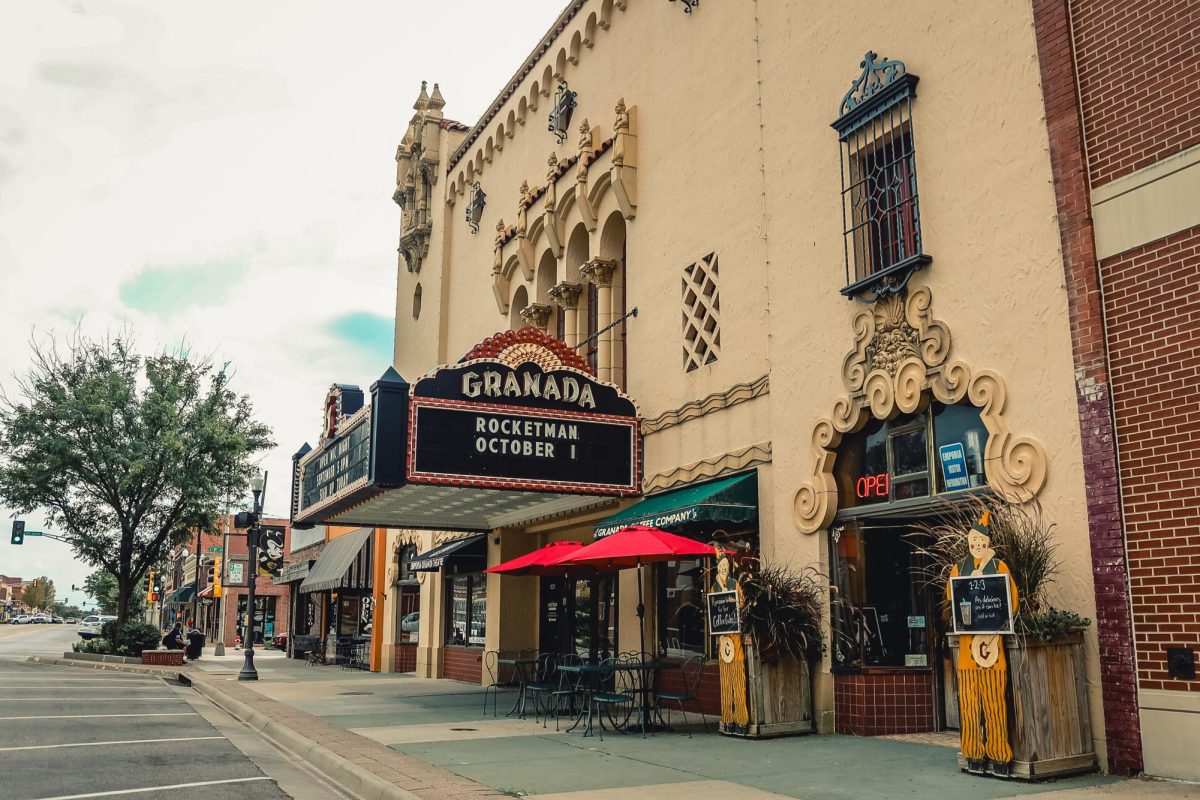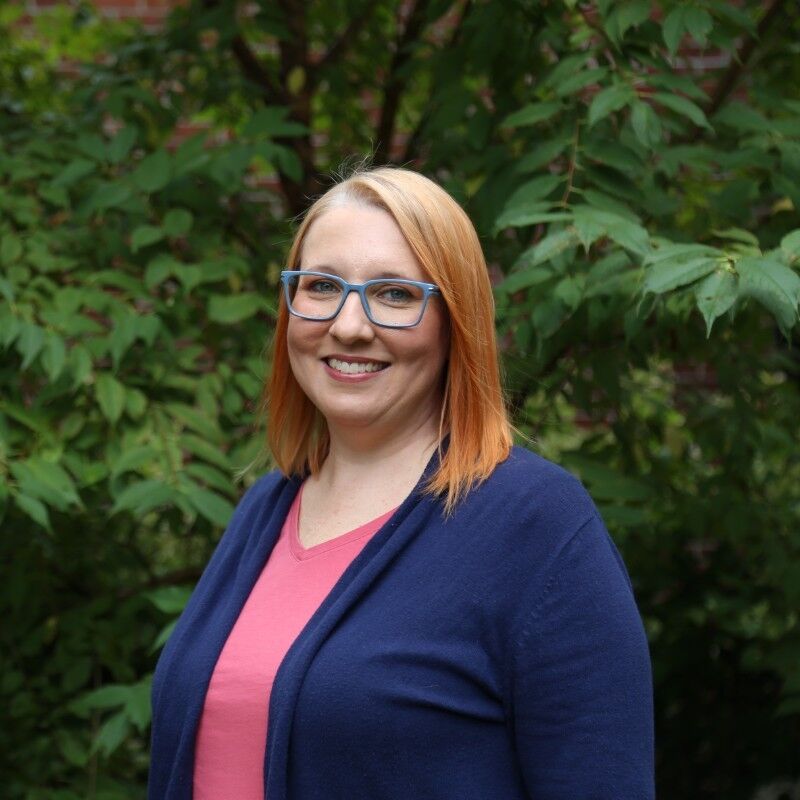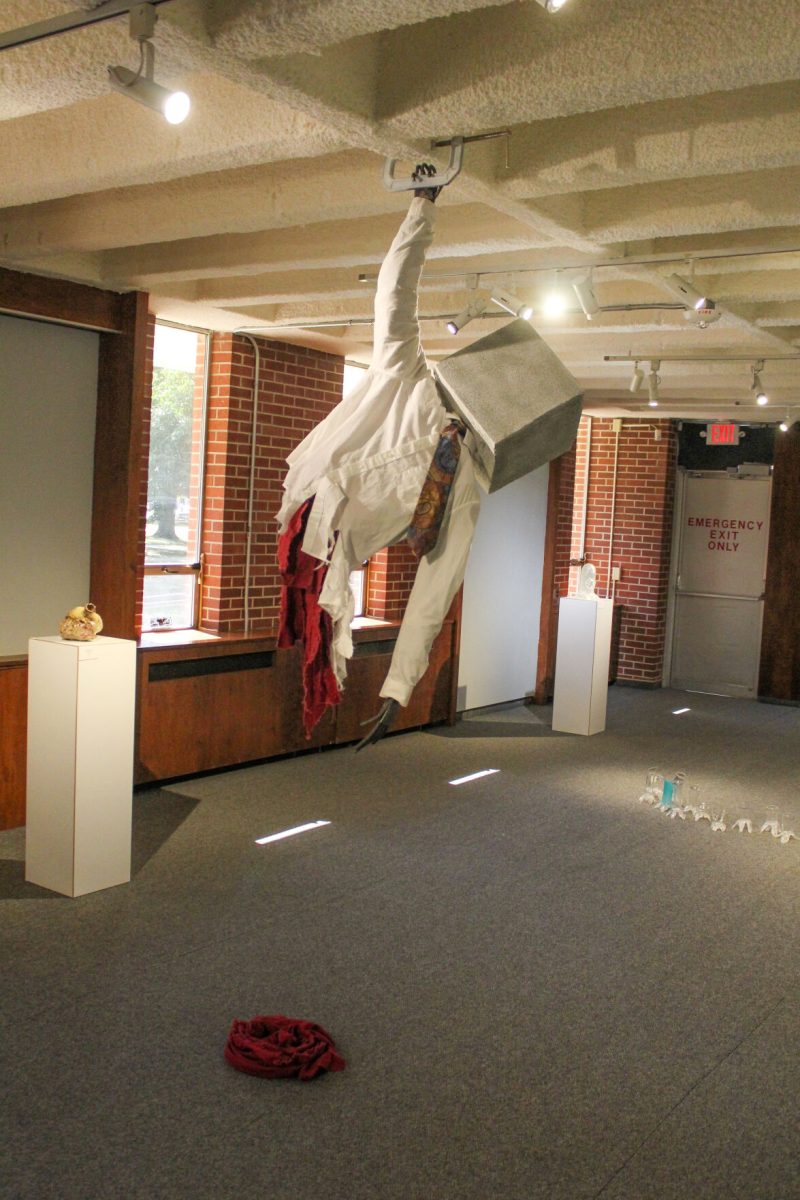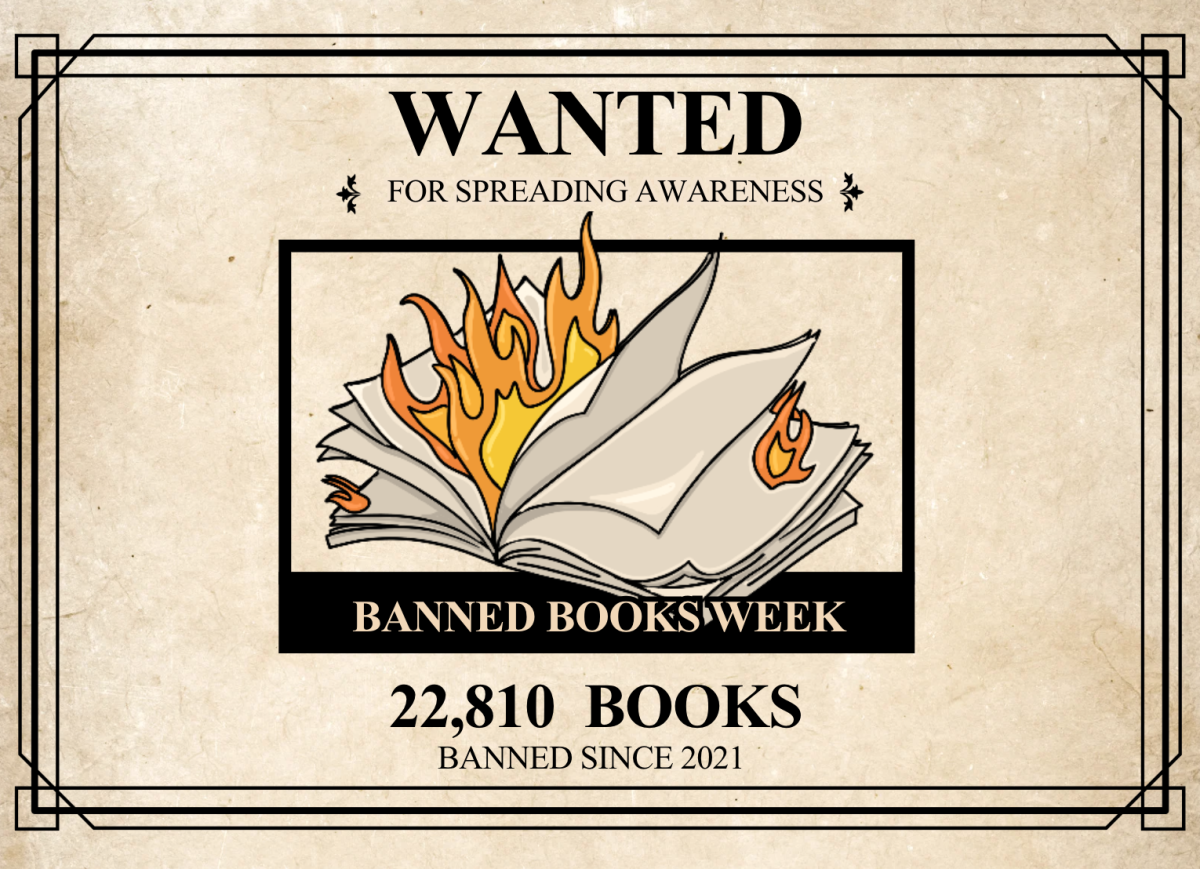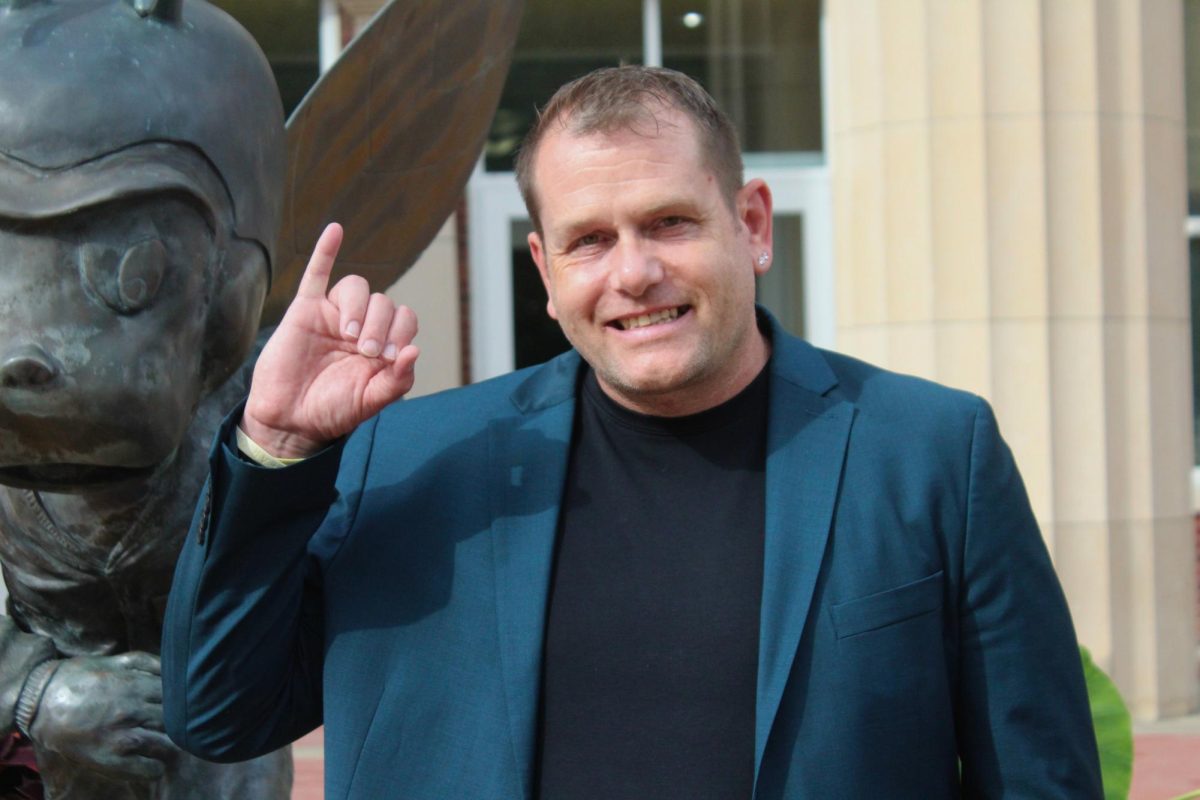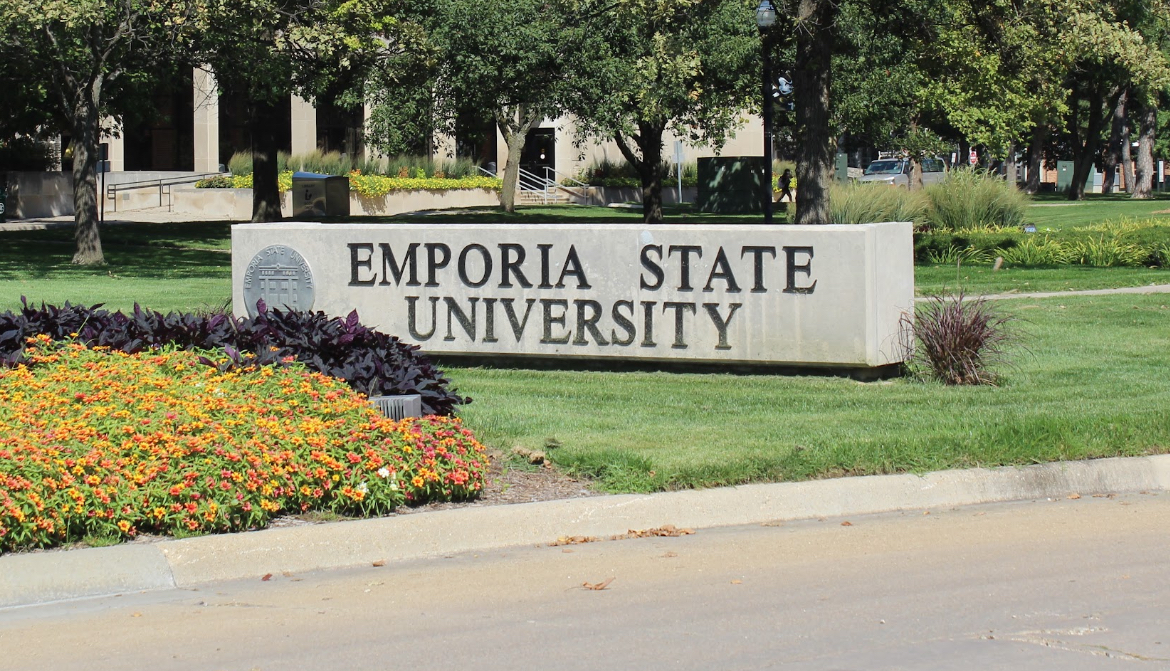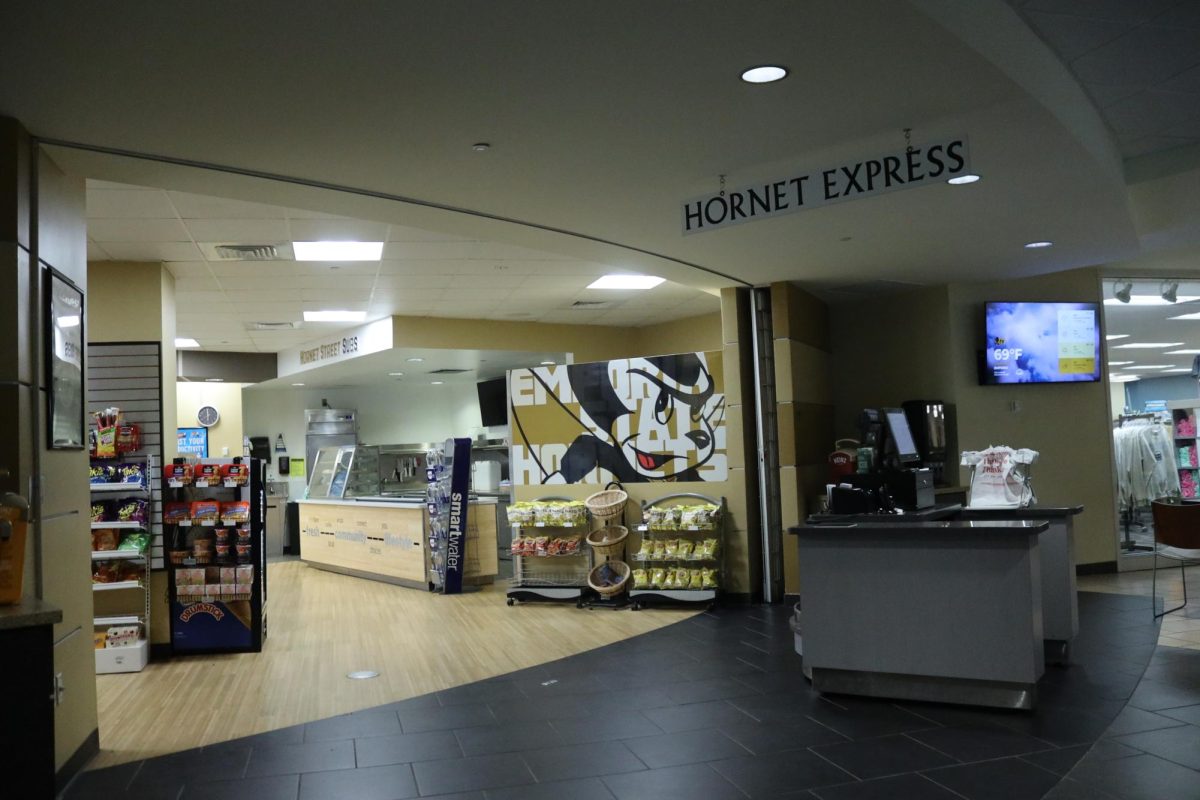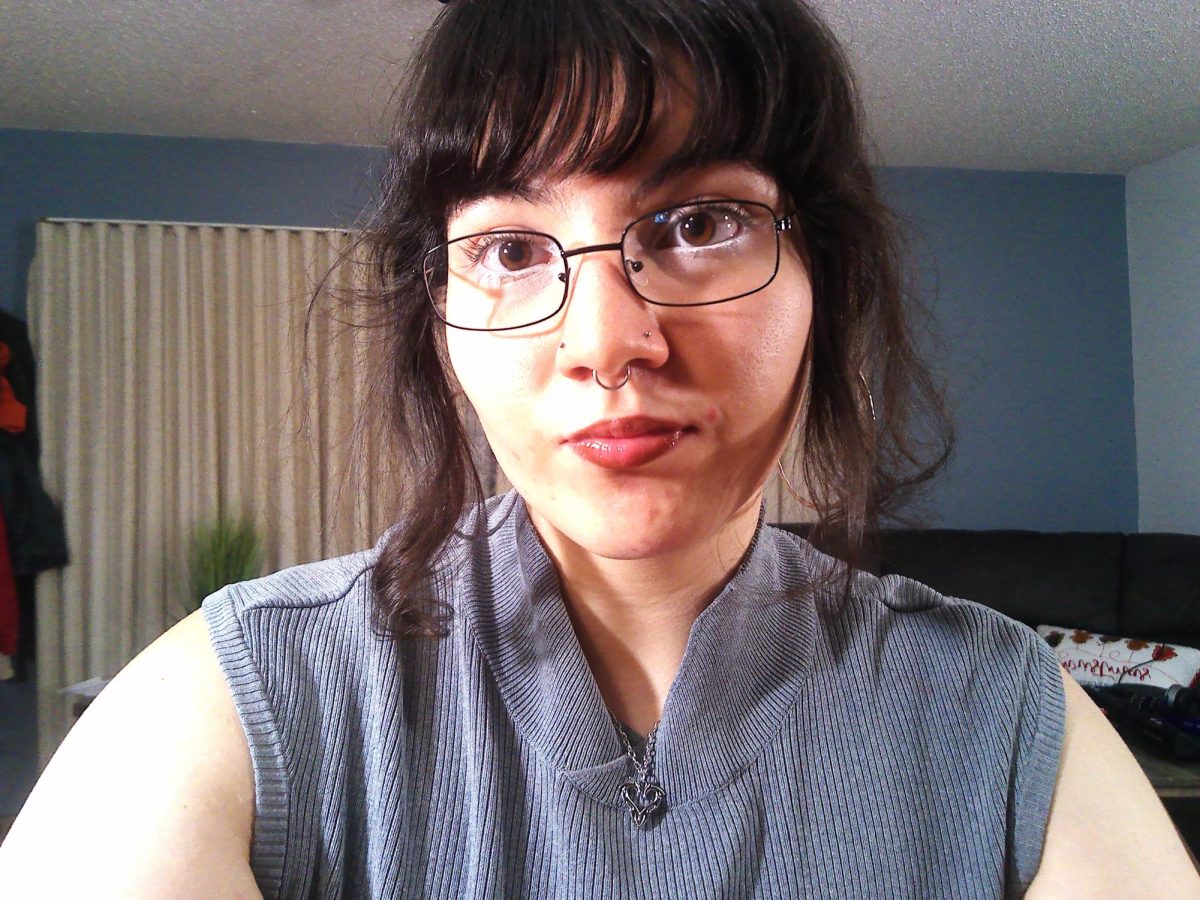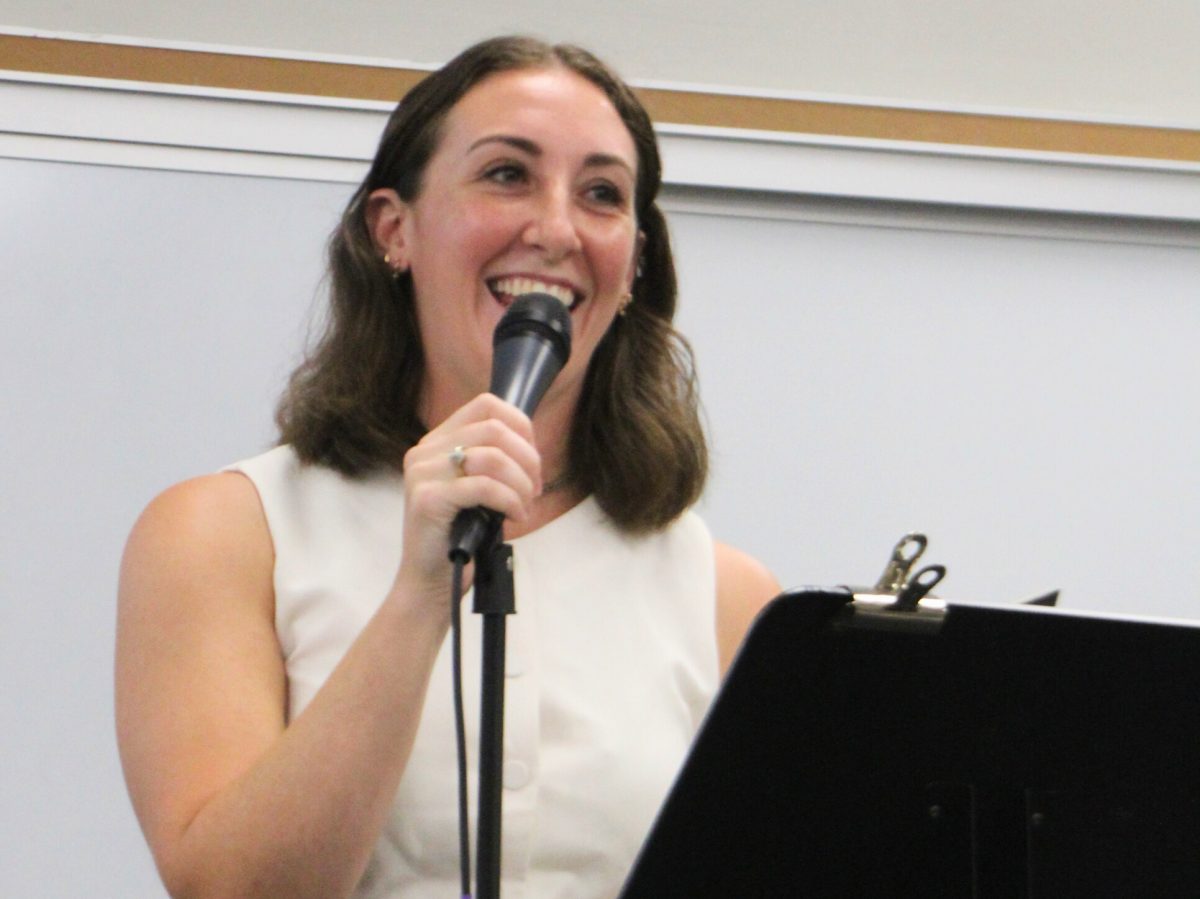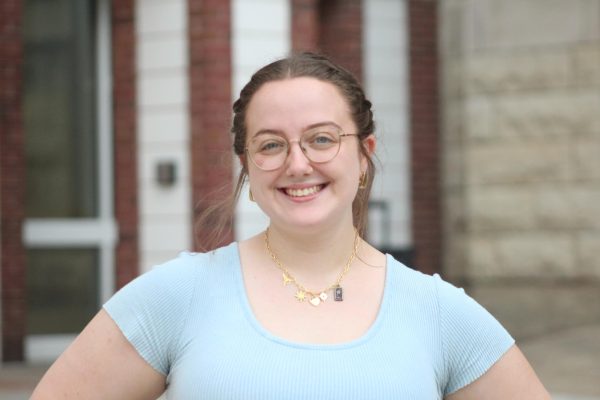Bob Beatty, professor of political science at Washburn University and political analyst for KSNT, spoke at Emporia State on Oct. 29 to help students and community members make sense of the 2024 election. The event was sponsored by ESU’s Current Club, a newly revived club made up of ESU employees.
Beatty, whose fascination with U.S. presidential and congressional politics started young after meeting Bobby Kennedy at age 2 and former President Ronald Reagan in high school, has met every presidential candidate attending the Iowa Caucus since 2004, been to four national conventions, eight debates and has moderated 23 Kansas debates. He spoke to a room of potential voters about Kansas congressional campaigns, state legislative races and the presidential election.
According to Beatty, Kansas’ congressional Republicans are on the “defensive” this election for the first time. In years past, they have been on the “offensive” about issues such as abortion, but that has changed since Kansans voted in 2022 to protect the right to an abortion in the state. Kansas Democrats have now taken an “offensive” approach to many issues such as abortion, inflation and health care Beatty says.
He pointed to the campaign ads of district three incumbent Democrat Rep. Sharice Davids and Republican Prasanth Reddy. Davids’ ad says that Reddy “supported dismantling Roe v. Wade” and has “taken over 100 grand from MAGA politicians hell bent on banning all abortions, even in Kansas, with no exceptions for rape or incest.” In his ad, Reddy says that “Sharice Davids is lying” and he “respect(s) the decision Kansas made on abortion.”
“So Reddy, which I found rather remarkable, he had to waste a TV ad, you know, money and resources, to run a TV ad to defend himself on the abortion issue,” said Beatty.
Kansas congressional districts have also been the target of gerrymandering, or the redistricting of areas to give advantage to certain political parties, according to Beatty. In Kansas, this method has been used to give an advantage to the Republican party, which only makes up 46 percent of registered voters in the state.
Lawrence, a heavily democratic city, was pushed into the first district, which accounts for all of Western Kansas to the Colorado border, and is what Beatty describes as “some of the most conservative Republican areas in the state.” The third district, which is currently represented by Democratic Rep. Sharice Davids and accounts for the majority of the Kansas City metro area, including all of Johnson County, was redrawn to include more rural areas that tend to lean conservative in what Beatty says is an effort to shrink Davids’ chances in her campaign for reelection.
In redrawing the third district, the second district, which includes Emporia and Topeka, was also redrawn and made “a little more rural.”
“It looks like a jigsaw puzzle piece on the table down there,” Beatty said. “That’s what it looks like. In fact, there’s a little piece if you drive through Eudora you can look, probably, and see both districts.”
About the state legislature, Beatty tells a more common story for Kansas politics: it’s not “neck and neck” between Democrats and Republicans.
The Kansas House and Kansas Senate both have Republican supermajorities, meaning that, if they vote down party lines, they can effectively overturn Democratic Gov. Laura Kelly’s veto and pass a bill. In response, Kelly formed her own political action committee in an effort to break the supermajority and gain at least two democratic seats in the House or three in the Senate. Beatty says that Kansas reflects a version of the presidential race.
“We know it’s no surprise that there are only seven states that really matter according to the electoral college,” he said. “In Kansas it’s actually true too. There’s only about 10 some-odd races (that can swing between Democrats and Republicans), the rest are guaranteed Democrat or guaranteed Republican, or likely.”
Shifting gears to the presidential race, Beatty began pointing to the electoral college and its historical bias for the Republican party and the potential presence of polling bias, exemplified by the national swing state polls for Trump in both the 2016 and 2020 elections. He went on to indicate that the election appears to be close, saying the actual average of all polls is tied for Vice President Kamala Harris and former President Donald Trump.
“There’s been no election like this since 1960, but that doesn’t mean on election night, again, that one of the candidates runs away with it because of polling error,” Beatty said. “There’s been no election that’s had this many states this close and the national vote so close…the closest election in American history was in 2000, Gore and Bush, where it came down to 500 votes in Florida. Even that one, though, did not show it being this close across so many states…it really just depends on who comes out and votes.”
Due to her position as vice president, Harris’ ties with President Joe Biden and his policies could play a role in the election according to Beatty, as evidenced by the uncommitted movement in which voters have decided not to vote for the Vice President due to the Israel-Hamas war. He says that the vice presidency is the most frequent electoral issue he has had addressed this election cycle.
“I have found myself addressing the disconnect between what people think the vice president does and what the vice president (regardless of party) actually does. The vice president’s role is to support the president, and he or she thus is part of the administration but does not get credit for administration policies because that is the purview of the president,” he told The Bulletin in an email. “This makes it difficult for VP’s to run for president (Nixon, Humphrey, and Gore all lost when they ran after being VP) as VP’s often get blamed for the ‘bad’ but don’t get credit for the ‘good.’”
Beatty says that it’s important for voters to think critically about the information they receive during an election no matter where it’s coming from. During election season, he says he sees himself as an “explainer, not a partisan.”
“As a professor I live in the world of quantitative and qualitative research methods (that) I then incorporate into my classes,” he said. “As a political analyst I can synthesize that research into small, hopefully digestible chunks that can help voters and citizens understand what is going on in American politics and what political campaigns and candidates are trying to do with their messaging and election strategy.”

